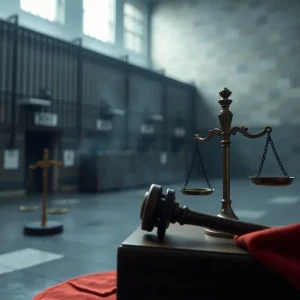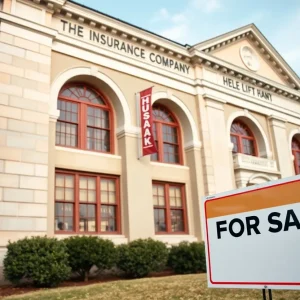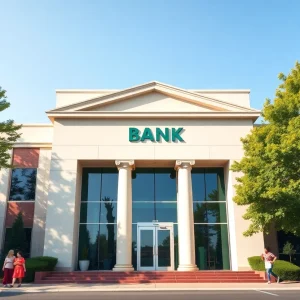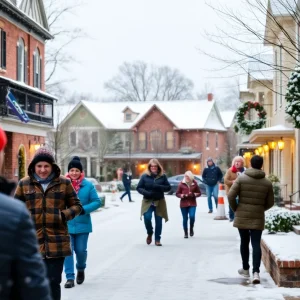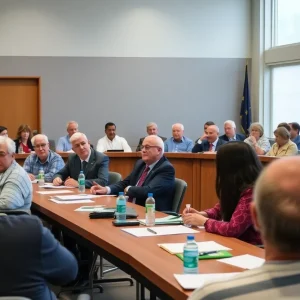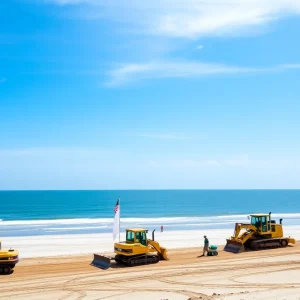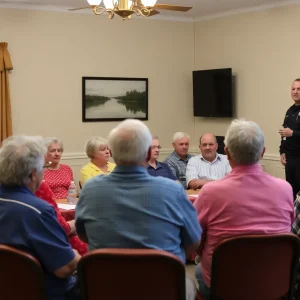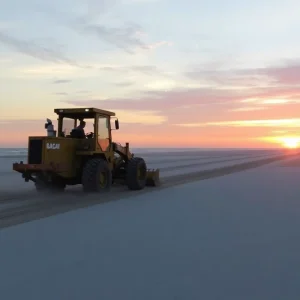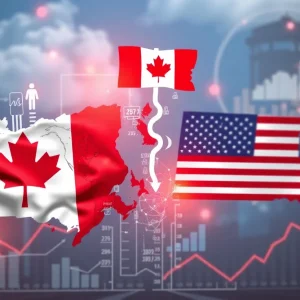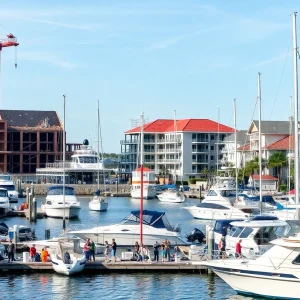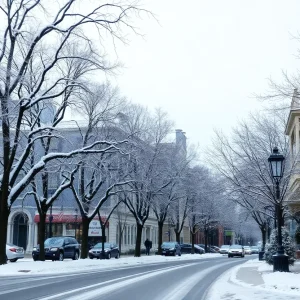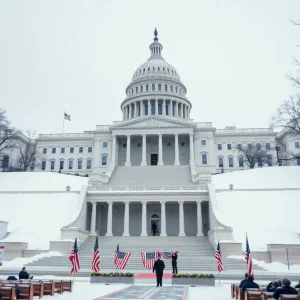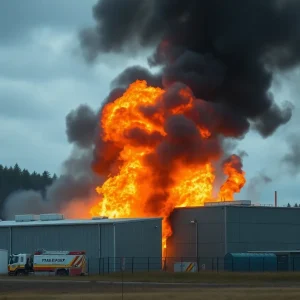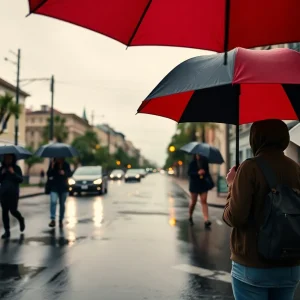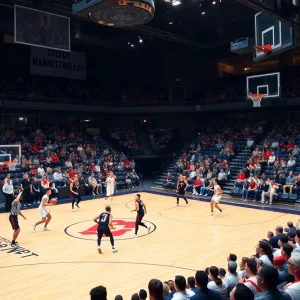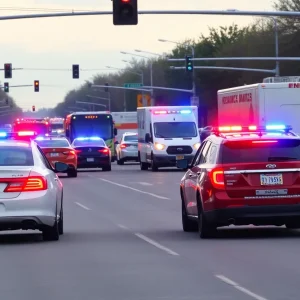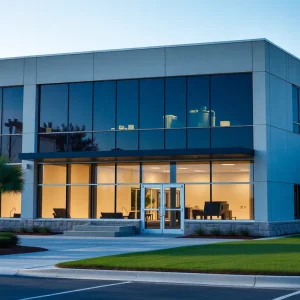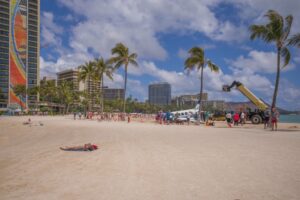Live Oaks: A Double-Edged Sword in Savannah
Welcome to the charming city of Savannah, where lush trees and historic buildings create a picturesque landscape that feels straight out of a storybook. One of the city’s most beloved features is its iconic live oaks, their twisted limbs draped with Spanish moss. These magnificent giants do more than just provide shade; they play a critical role in maintaining the city’s ecological balance. But as homeowners like Zoe Rinker are discovering, these trees can also present a unique set of challenges, especially when it comes to insurance.
The Good Side of Live Oaks
The live oaks symbolize what Savannah is all about. They add an undeniable beauty and authenticity to the city’s historical charm. From a more practical viewpoint, these magnificent trees offer enormous environmental benefits. They actively absorb pollution—including the infamous heat-trapping carbon dioxide—helping to combat urban heat and reduce stormwater runoff, a serious concern for a city that experiences frequent rain-induced flooding.
However, for Zoe, the live oak in her yard on Talahi Island became a matter of contention just two months after she secured a home insurance policy. An insurance adjuster raised concerns that the tree could threaten her home, leading to a whirlwind of emotions and decisions. “Doing what I do, I knew they still had to insure me for a year no matter what,” Zoe noted. “So, I said, ‘Well, I’m not cutting it down. I’ll find another insurance company.’” Finding a new insurer proved to be quite a daunting task.
Insurance: The Business of Assessing Risk
Insurance companies are all about assessing risk, and properties like Zoe’s get evaluated on a regular basis. According to Karen Collins, a vice president at the American Property Casualty Insurance Association, insurers have historically inspected properties manually to gauge potential risks and losses. But now, technology is changing the game. Onsite visits are increasingly replaced with aerial imagery, thanks to drones and satellites.
“Insurers are continuing to invest in innovative tools that are less invasive and more cost-effective,” Collins explained. But as the insurance industry adapts, trees are unfortunately being viewed more as liabilities than assets. With storms becoming more powerful due to climate change, companies are taking a hard look at trees and making decisions that sometimes don’t reflect nuanced realities.
Are Trees Really the Enemy?
As Zoe faced the pressures of her insurer, experts like Jason Gordon, a professor at the University of Georgia, have begun to notice a concerning trend: trees are being drastically cut back or removed based on risk assessments that don’t consider the full picture. “Every tree is not the same, both in terms of species and potential defects,” he commented, explaining that coastal live oaks have evolved to withstand strong winds by shedding leaves, a characteristic not easily recognizable from a distant satellite image.
When Hurricane Helene made its way through Georgia, it served as a harsh reminder of trees’ potential impacts. Although winds soared up to 76 mph, damaging hundreds of homes and uprooting trees, many were taken down miles away from their bases. “Remote reviews may not capture the true risk trees pose, especially when assessed from afar,” Gordon noted.
The Human Element
Zoe and others are adamant that property owners, not insurers, should ultimately decide what happens to trees on their land. “Certainly, there’s an inherent risk in anything,” Zoe stated earnestly. “But I have two kids, and I’m comfortable having a live oak over my house because I’ve had it checked.” Those checks are crucial, highlighting the importance of consulting with certified arborists—professionals trained to assess tree health and safety.
Looking Ahead: What’s at Stake?
As tree service professional Mark Russell points out, most insurance companies are more focused on cutting costs than on sustainable tree care. Without experienced arborists making assessments, tree trimming practices could weaken trees in the long run, posing greater risks in the future. “In areas like Savannah, within five to twelve years, trees will start breaking more often, which could lead to serious accidents,” he warned.
In a city known for its natural beauty, the future of Savannah’s urban canopy hangs in the balance. As awareness grows regarding these issues, community-driven solutions could help maintain the delicate equilibrium between safety and ecological preservation.
Ultimately, it’s crucial for people in Savannah to understand that while trees might pose risks, they also offer a wealth of benefits—environmentally, aesthetically, and emotionally. The key lies in striking a balance, and with the right information and resources, that balance can surely be achieved.




